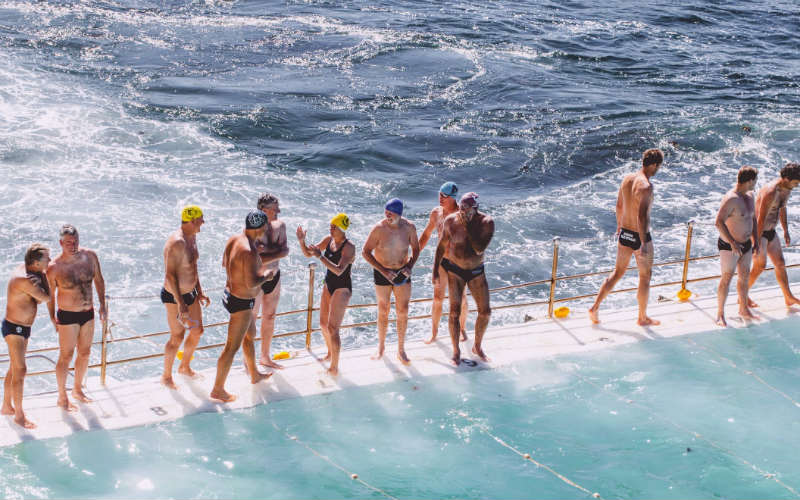In March 2020, right as COVID-19 was beginning to get serious and businesses were shutting their doors, the Federal Government announced its early super access scheme to help those who were financially affected by the virus. The scheme allows you to withdraw a total of $20,000 from your superannuation ($10,000 in two separate stages), to help yourself get by. This scheme was met with a rather mixed reception when it was announced, as proponents of super believe allowing people to withdraw from their retirement funds is dangerous and a poor financial decision.
Need somewhere to store cash and earn interest? The table below features non-introductory savings accounts with some of the highest interest rates on the market.
Provider | |||||||||||||
|---|---|---|---|---|---|---|---|---|---|---|---|---|---|
| 4 | 0 | 0 | $product[$field["value"]] | $product[$field["value"]] | $product[$field["value"]] | More details | |||||||
Savings Accelerator
| |||||||||||||
Disclosure | |||||||||||||
Savings Accelerator
Disclosure
| |||||||||||||
| 4 | 0 | 0 | 1 | $product[$field["value"]] | $product[$field["value"]] | $product[$field["value"]] | More details | ||||||
| FEATURED | High Interest Savings Account (<$250k)
| ||||||||||||
Disclosure | |||||||||||||
High Interest Savings Account (<$250k)
Disclosure
| |||||||||||||
| 0 | 0 | 0 | $product[$field["value"]] | $product[$field["value"]] | $product[$field["value"]] | More details | |||||||
| FEATURED | Save Account
| ||||||||||||
Disclosure | |||||||||||||
Save Account
Disclosure
| |||||||||||||
| 0 | 1000 | 0 | $product[$field["value"]] | $product[$field["value"]] | $product[$field["value"]] | More details | |||||||
| FEATURED | Savings Maximiser
| ||||||||||||
Disclosure | |||||||||||||
Savings Maximiser
Disclosure
| |||||||||||||
| 4 | 0 | 0 | 0 | $product[$field["value"]] | $product[$field["value"]] | $product[$field["value"]] | More details | ||||||
Hi Saver | |||||||||||||
| 4 | 0 | 0 | 0 | $product[$field["value"]] | $product[$field["value"]] | $product[$field["value"]] | More details | ||||||
Bonus Saver | |||||||||||||
| 4 | 0 | 0 | 1 | $product[$field["value"]] | $product[$field["value"]] | $product[$field["value"]] | More details | ||||||
Online Saver | |||||||||||||
| 0 | 0 | 1 | $product[$field["value"]] | $product[$field["value"]] | $product[$field["value"]] | More details | |||||||
Up Saver Account | |||||||||||||
| 0 | 0 | $product[$field["value"]] | $product[$field["value"]] | $product[$field["value"]] | More details | ||||||||
Qsaver | |||||||||||||
| 0 | 100 | 1 | $product[$field["value"]] | $product[$field["value"]] | $product[$field["value"]] | More details | |||||||
Bonus Saver Account | |||||||||||||
| 0 | 100 | 0 | $product[$field["value"]] | $product[$field["value"]] | $product[$field["value"]] | More details | |||||||
Bonus Saver | |||||||||||||
| 3 | 0 | 0 | 0 | $product[$field["value"]] | $product[$field["value"]] | $product[$field["value"]] | More details | ||||||
Maxi Saver | |||||||||||||
| 0 | 100 | 1 | $product[$field["value"]] | $product[$field["value"]] | $product[$field["value"]] | More details | |||||||
Bonus Saver Account | |||||||||||||
| 4 | 0 | 0 | 1 | $product[$field["value"]] | $product[$field["value"]] | $product[$field["value"]] | More details | ||||||
Netsave Account | |||||||||||||
| 0 | 200 | 1 | $product[$field["value"]] | $product[$field["value"]] | $product[$field["value"]] | More details | |||||||
Growth Saver | |||||||||||||
| 4 | 0 | 0 | $product[$field["value"]] | $product[$field["value"]] | $product[$field["value"]] | More details | |||||||
Simple Saver | |||||||||||||
| 0 | 1000 | $product[$field["value"]] | $product[$field["value"]] | $product[$field["value"]] | More details | ||||||||
Virgin Money Boost Saver | |||||||||||||
| 0 | 2000 | 0 | $product[$field["value"]] | $product[$field["value"]] | $product[$field["value"]] | More details | |||||||
HomeME Savings Account (<$100k) | |||||||||||||
| 0 | 200 | 0 | $product[$field["value"]] | $product[$field["value"]] | $product[$field["value"]] | More details | |||||||
Online Savings - Premium Saver | |||||||||||||
| 0 | 10 | 0 | $product[$field["value"]] | $product[$field["value"]] | $product[$field["value"]] | More details | |||||||
mySaver | |||||||||||||

- Bonus variable rate for the first 4 months on balances up to $250k and high variable ongoing rates.
- No fees and no monthly requirements to earn interest.
- Easily open an account online in 3 minutes.
Read: Should you withdraw from your super during COVID-19?
Billions of dollars have been taken out already, but there’s a slight hitch: A good portion of withdrawals have been made by those who don’t meet the specific criteria. Business Insider recently reported that a number of mortgage brokers have taken a huge number of calls from home loan applicants who withdrew from their super using this scheme, despite not meeting the criteria. We’ve previously written about the pros and cons of withdrawing super to buy a house, under the context of meeting the criteria.
This could be bad news for lots of Australians this tax-time, as the ATO has said it will be cracking down on those who withdrew illegally. ‘Cracking down’ could include anything from having to pay tax on the released amount, paying a hefty fine, or even jail time for serious fraudulent offences.
Have Australians incorrectly withdrawn from their super?
A lot of people have withdrawn from their superannuation using the government’s super early access scheme, with data from early June showing that there have been 2.2 million approved applications, worth more than $18 billion.
Most of the withdrawals have been at or near the $10,000 limit set by the government, with the average sitting at around $8,200. But it looks like a good portion of those withdrawals hasn’t been from people playing by the rules. According to the Federal Government, to apply for early release you must satisfy at least one of the following criteria:
-
You must be unemployed
-
You must be eligible to receive a Jobseeker payment, youth allowance for job seekers, parenting payment or other special payment
-
After January 1 2020:
-
You were made redundant
-
Your working hours were reduced by 20% or more
-
As a sole trader, your business was suspended or there was a reduction in your
turnover of 20 per cent or more
-
Yet data released by illion and Alphabeta in early June showed nearly half (40%) of those who accessed their superannuation saw no drop in their income during the COVID pandemic, one of the key criteria for doing so. That’s potentially a lot of people abusing the scheme. By extrapolating the data, that’s as many as 800,000+ Australians and more than $6 billion worth of super being withdrawn without meeting the necessary criteria.
Read: Early superannuation withdrawals spent on gambling, alcohol
The ATO have come out in response and said they will be cracking down on such people come tax-time.
What the ATO said
The ATO has said that its main priority is to ensure payments go to those who need them, and that those who withdrew despite not needing the money or meeting the criteria will be chased down. Whether the ATO will actually be able to do this for every single one of the 800,000+ people who may have done so remains to be seen, but it does have an arsenal of tools at its beck and call to do so, including:
-
Single Touch Payroll (STP) data from your employer
-
income tax returns
-
information reported to them by your super fund
-
third party data from agencies including:
-
Services Australia
-
Home Affairs.
-
“We know the overwhelming majority of Australians are honest, and we’ve worked hard to help those people who are impacted by COVID-19 as quickly as possible,” ATO Deputy Commissioner Will Day said.
“We also have an important role to ensure the integrity of the stimulus measures and when we uncover fraud or people seeking to exploit them, we’ll take action, as we know the community would expect us to do.”
“It’s important to carefully check eligibility requirements before applying for any of the measures. Eligibility requirements for each of the measures are outlined on the ATO’s website. If you’re not sure, the best thing to do is check with the ATO or your tax professional.”
If you’re reading this and asking “But shouldn't the ATO have picked up on the fact that I didn’t meet the criteria, if they have such information about me?” then know that the ATO has a response for that too. The ATO has previously said the process was streamlined and based on a “self-assessment” model to ensure payments got to those who needed them at the height of the pandemic.
“Our tax system works on a self-assessment model. We will generally operate on the basis Australians are honest, meaning we will accept the information we are provided with as true and correct and make payments,” Mr Day said.
“However, we will be conducting checks later, so if you've received a benefit as part of the COVID-19 stimulus measures and we discover you are ineligible, you can expect to hear from us. If you think this may apply to you, you should contact us or speak to your tax professional.”
What if you withdrew and met the criteria?
If you withdrew and met the criteria, then you should have nothing to worry about, but that doesn’t mean you should spend the money recklessly. Industry Super Australia’s chief executive officer Bernie Dean said some need to carefully assess how they use this money.
“We are encouraging people to think carefully about tapping into their super, especially if they have done so already,” Mr Dean told News Corp.
“It does come with a pretty hefty price tag … but we recognise that young people don’t necessarily think about the long-term. We also recognise they may not be in a position to make up the lost ground themselves.”
For someone in their 30s, withdrawing the full $10,000 could cost them over $20,000 more by the time they retire. The effect worsens if you’re one of the all-too-many people spending their super withdrawals on discretionary items instead of the essentials.
Read: 2.5 million Australians expected to access additional early super withdrawal in the second round.
What if you withdrew to obtain a tax benefit?
In a nutshell, withdrawing from and then re-contributing to your super is a sort of tax loophole, and is among the first things the ATO will be scrutinising this tax season. According to the ATO, “Withdrawing your super early and then contributing that amount back into your super fund and claiming a personal super contribution deduction, can result in a range of tax outcomes, for example”:
-
Excess contributions tax; you may need to pay additional tax if you exceed your concessional or non-concessional contributions cap
-
Contributions tax; concessional contributions made to your super fund are taxed at the 15% rate by your fund
-
impacting your eligibility for a super co-contribution
-
Division 293 tax; you may need to pay the additional tax due to your income and personal super contributions.
The 15% tax rate on salary sacrificed super contributions versus normal marginal rates of tax under ordinary income, combined with the tax-free super withdrawal under this scheme, means you could theoretically pump a bunch of extra money into your super at a lower tax rate, then withdraw it all tax-free, effectively rorting the tax office.
However, in practice, this probably won’t work, and the ATO has explicitly mentioned it will be going after people who did this.
What the ATO said
Although the ATO has said it will be looking into all incorrect withdrawals equally, those looking for a tax tort using this scheme could be the first to come under the microscope.
“We’ve received intelligence about a number of dodgy schemes, including the withdrawal of money from superannuation and re-contributing it to get a tax deduction,” Mr Day said.
“Not only is this not in the spirit of the measure (which is designed to assist those experiencing hardship), severe penalties can be applied to tax avoidance schemes or those found to be breaking the law. If someone recommends something like this that seems too good to be true, well, it probably is.”
In an example on the ATO’s website, someone who used such a method and was found to have deliberately deceived the ATO had to pay $12,600 in penalties for making a false or misleading statement.
What if you withdrew because of financial concerns?
COVID-19, the entire reason for the scheme being created in the first place, has caused financial uncertainty to rise dramatically all over the world, and Australia is no different. For example:
-
Three-quarters of Aussies were reported to be financially stressed due to COVID-19 in May, with nearly one-quarter feeling “extremely stressed”
-
One in four Australians are struggling to afford the essentials, such as rent, mortgage repayments and energy bills
-
General economic uncertainty is high, with Australia officially set to enter a recession (that was once feared to become a depression)
Meanwhile, wages have stagnated, promotions have been missed, and fear of redundancies has been high. Major employers like the big four accounting firms, for example, have recently all announced they’ll be cutting hundreds of Australian roles each, while in late June Qantas sacked 6,000 staff.
It’s possible to be negatively affected by COVID-19 but not meet the official ATO criteria for withdrawal, and according to Director of Tax Communications at H&R Block Mark Chapman, the ATO “does not accept genuine excuses”.
“…Someone who thought they would lose their job, but didn’t, doesn’t meet the eligibility criteria. The flexibility is around whether or not the ATO charges penalties and if they do, at what level,” Mr Chapman told Savings.com.au.
“It looks like the ATO will pursue everyone and tax all instances of incorrect early withdrawal with penalties charged where false or misleading statements are made. If you want to persuade the ATO that the withdrawal was down to an inadvertent mistake, you may need proof to persuade them that’s the case.”
What happens if you’re caught here?
According to both Mr Chapman and the ATO itself, the most likely scenario is you’ll have to pay tax on the amount withdrawn.
“You won’t need to repay the money – in fact, the ATO won’t let you repay the money – but you will be taxed on it. You’ll need to include the amount you withdrew on your tax return and pay tax at your marginal rate,” Mr Chapman said.
In this instance, a $10,000 withdrawal from someone in the $37,001 – $90,000 tax bracket (32.5%) would be taxed $3,250.
2020 tax info:
What to do if you’re concerned about being fined
The ATO isn’t judge, jury and executioner, and is highly unlikely to just slap everyone with a $12,000 fine. That’s likely a worst-case scenario for bad offences, and in most cases, it is prepared to be lenient.
“We understand that these are uncertain times and people’s circumstances change, so it is important that you keep records demonstrating your eligibility in case we need to see them. Records that prove eligibility, for example, may include payslips or bank statements or letter of dismissal from an employer,” an ATO spokesperson told Savings.com.au.
“You should ensure that you comply with the eligibility rules to access your super early and your broader obligations under the taxation legislation. If applicants are concerned that they have applied when they are not eligible and they are unsure how to proceed, they should seek the assistance of a tax professional or contact us on 13 10 20 to let us know.
“We will help them to remedy their position with empathy and understanding.”
Savings.com.au’s two cents
So if you’ve withdrawn from the scheme and didn’t meet the criteria - either intentionally or unintentionally - your best course of action might be to just get on the front foot and declare your withdrawal. The worst-case scenario here is you have to pay tax on that amount, which isn’t ideal, but is still a better option than having to pay more in fines. Plus, if you did withdraw against the rules, then the tax paid on that withdrawal means you’re probably still in the green, as you likely didn’t desperately need that money anyway.
With the second round of super withdrawals coming up in July 2020, don’t be tempted to withdraw another amount from your super unless you need it and meet the criteria. You might possibly avoid the ATO’s scrutiny the first time, but twice is really pushing it.
As with all things tax-related, consider consulting a registered tax professional or accountant, and check the ATO’s website for official information and updates.
Disclaimers
Savings.com.au does not provide tax advice. This material has been prepared by Savings.com.au and is for informational purposes only, and is not intended to provide, and should not be relied on for tax advice.
For tax advice relevant to you, visit the ATO or consult an independent tax advisor.




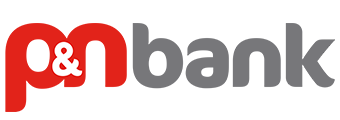
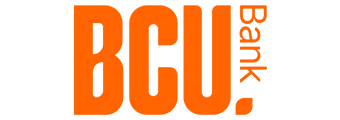


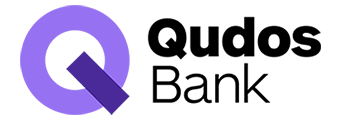

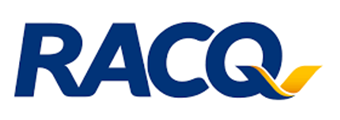
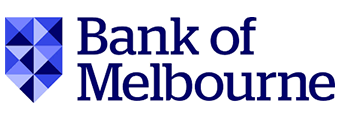

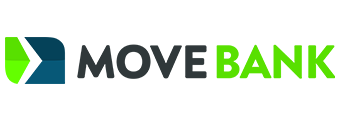

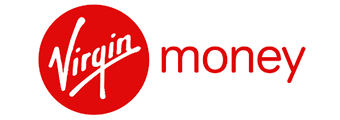
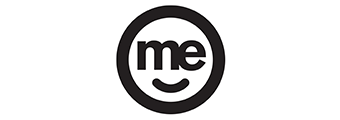


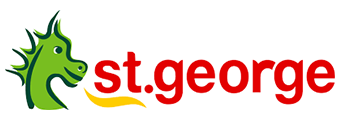

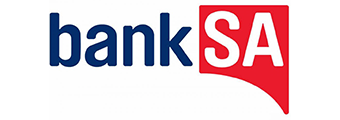

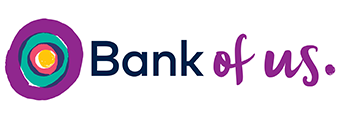
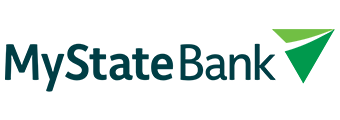
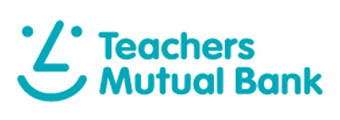
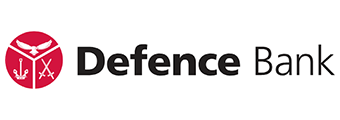

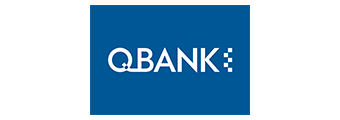

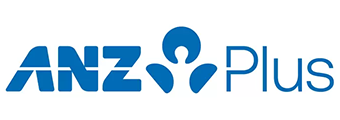

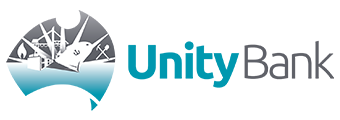
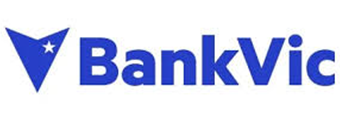
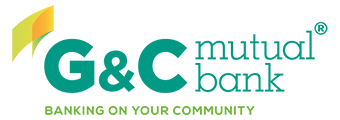



 Denise Raward
Denise Raward
 Harry O'Sullivan
Harry O'Sullivan
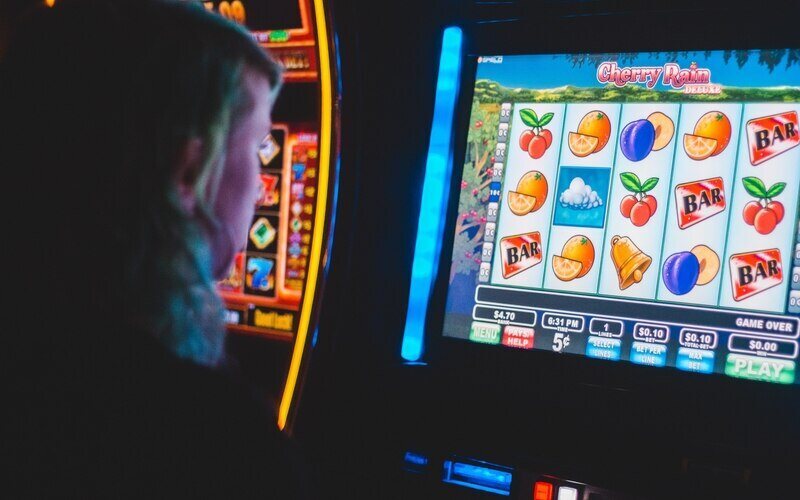
 William Jolly
William Jolly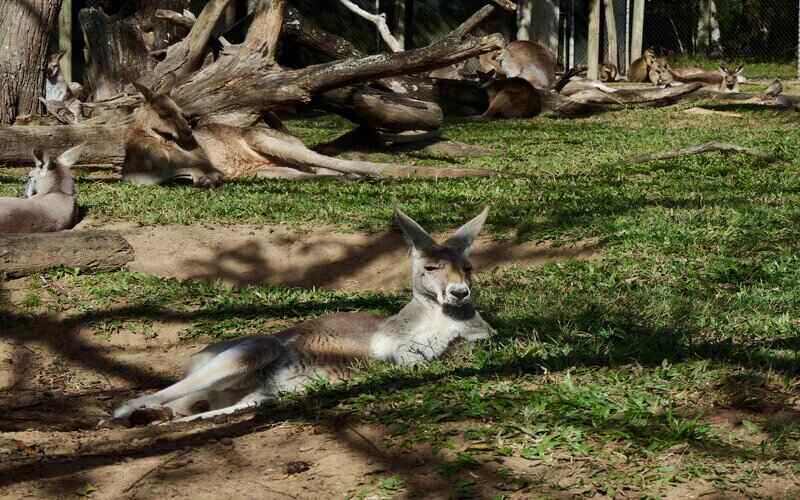
 Aaron Bell
Aaron Bell

